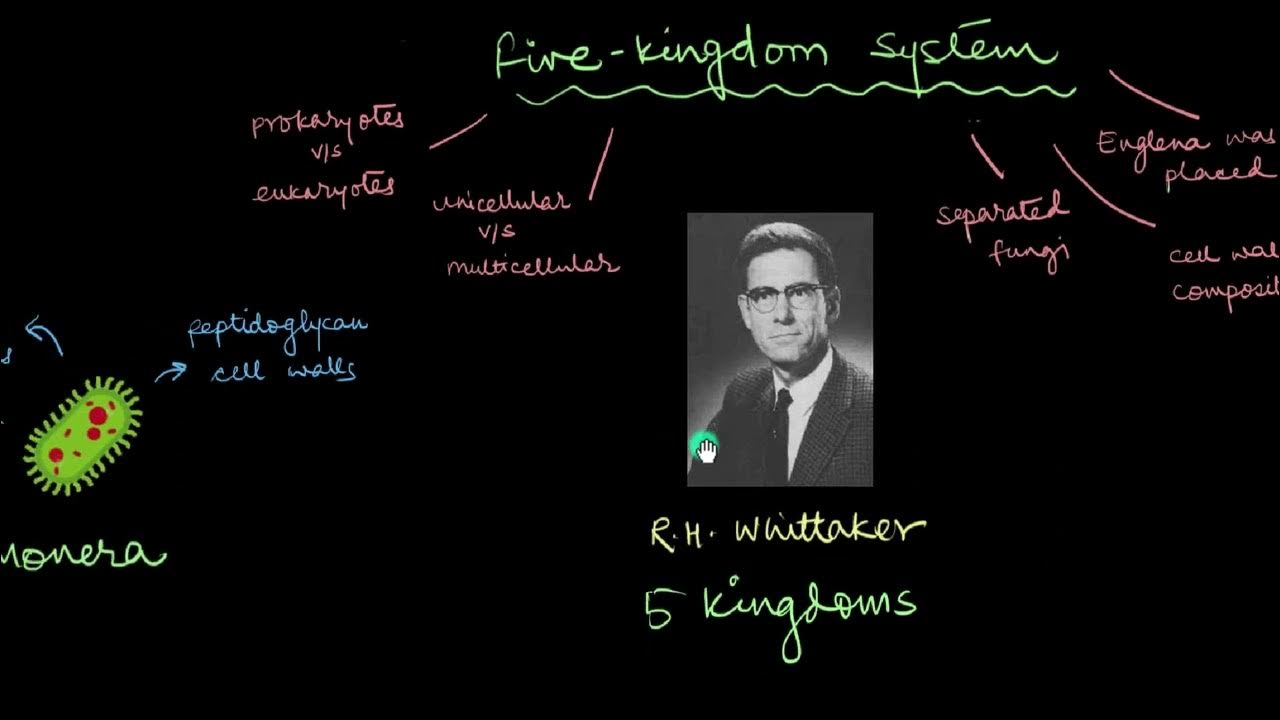Conheça o REINO FUNGI | Resumo
Summary
TLDRFungi are fascinating organisms that belong to their own unique kingdom, distinct from plants and animals. With their eukaryotic cells and mycelium structure, they play vital roles in ecosystems as decomposers, producers of food, and sources of medicines like antibiotics. Fungi reproduce both sexually and asexually, with some species impacting human health, while others are integral to industries like food and pharmaceuticals. Their importance in nature and human life makes studying fungi essential for understanding biological balance.
Takeaways
- 😀 Fungi are neither plants nor animals; they belong to their own kingdom called the fungal kingdom.
- 😀 The fungal kingdom consists of eukaryotic organisms, with most fungi being multicellular and composed of mycelium, a network of branched tubes.
- 😀 Some fungi, like yeasts, are unicellular.
- 😀 Mycelium is the structure of fungi, consisting of microscopic filaments called hyphae that are involved in nutrient absorption.
- 😀 Fungi grow in a variety of environments, including decaying food, wood, and even other fungi.
- 😀 Fungi are heterotrophic, meaning they absorb nutrients from their surroundings, unlike plants that perform photosynthesis.
- 😀 Simple fungi like yeasts reproduce through budding, while many others use spores for asexual reproduction.
- 😀 Fungi undergo sexual reproduction in more complex forms, involving processes like plasmogamy and karyogamy, which eventually produce spores.
- 😀 Spores produced through sexual reproduction are different from asexual spores and have half of the genetic material.
- 😀 Fungi play important roles in food production, pharmaceuticals, and decomposition. They are used in the making of cheeses, alcoholic beverages, and antibiotics.
- 😀 Some fungi are parasitic and can cause diseases, while most are decomposers that contribute to the nutrient cycle in the ecosystem.
Q & A
What is the fungal kingdom, and how does it differ from plants and animals?
-The fungal kingdom consists of eukaryotic organisms that are neither plants nor animals. Fungi are distinct in their structure and biology, typically made up of multicellular organisms with a network of microscopic filaments called hyphae, which form mycelium. Unlike plants, fungi do not photosynthesize, and unlike animals, they absorb nutrients rather than ingesting them.
What is mycelium, and how does it relate to fungi?
-Mycelium is the tangled network of branched tubes called hyphae, which make up the body of most fungi. It serves as the growth structure and is responsible for absorbing nutrients from the substrate, whether it’s decaying organic matter, bread, or even other fungi.
What are the differences between unicellular and multicellular fungi?
-Unicellular fungi, such as yeasts, consist of single cells, while multicellular fungi are made up of networks of cells called hyphae that form mycelium. Both types play essential roles in various environments, but multicellular fungi can develop more complex structures like fruiting bodies, which are visible to the human eye.
How do fungi reproduce?
-Fungi can reproduce both asexually and sexually. Asexual reproduction often occurs through the production of spores, which disperse into the environment and germinate under favorable conditions. In sexual reproduction, mycelium from different fungi merge, forming dikaryotic cells that eventually undergo meiosis to create sexual spores.
What is the difference between asexual and sexual reproduction in fungi?
-Asexual reproduction in fungi involves the production of spores that disperse and grow into new mycelium. Sexual reproduction, on the other hand, involves the fusion of mycelium from different fungi, followed by the fusion of nuclei, and the creation of new spores through meiosis.
What role does chitin play in fungi?
-Chitin is a type of sugar that forms the rigid cell walls of fungi. It gives structural support to the fungal cells, similar to how cellulose supports plant cells. Chitin is a key component in the overall structure of mycelium and other parts of the fungal organism.
What is mycology?
-Mycology is the scientific study of fungi. It involves the exploration of fungal biology, diversity, ecology, and the role fungi play in various environments, including their interactions with plants, animals, and humans.
What are some examples of edible fungi, and how are they used?
-Examples of edible fungi include species like shiitake, enoki, and button mushrooms. These are used in various culinary dishes worldwide. Yeasts are also important for fermentation in baking and brewing, while certain fungi are used in the production of cheeses like Roquefort.
How do fungi contribute to the environment?
-Fungi play a crucial role as decomposers, breaking down dead organic matter and transforming it into essential nutrients. This process helps maintain the balance of ecosystems by recycling nutrients back into the soil, supporting plant growth and overall ecological health.
What are some potential dangers posed by fungi?
-Some fungi are parasitic and can cause diseases in humans, such as candidiasis. While many fungi are beneficial or neutral, certain species can lead to infections or harmful health effects, particularly in individuals with weakened immune systems.
Outlines

هذا القسم متوفر فقط للمشتركين. يرجى الترقية للوصول إلى هذه الميزة.
قم بالترقية الآنMindmap

هذا القسم متوفر فقط للمشتركين. يرجى الترقية للوصول إلى هذه الميزة.
قم بالترقية الآنKeywords

هذا القسم متوفر فقط للمشتركين. يرجى الترقية للوصول إلى هذه الميزة.
قم بالترقية الآنHighlights

هذا القسم متوفر فقط للمشتركين. يرجى الترقية للوصول إلى هذه الميزة.
قم بالترقية الآنTranscripts

هذا القسم متوفر فقط للمشتركين. يرجى الترقية للوصول إلى هذه الميزة.
قم بالترقية الآنتصفح المزيد من مقاطع الفيديو ذات الصلة

Kingdoms of Life - Animals, Plants, Fungi, Protoctists, Bacteria and Viruses #1

BIOLOGI Kelas 10 - Kingdom Fungi | GIA Academy

All About Fungi

Fungi Explained! Historic Mycology, Biology, Hyphal Growth, and the Complete Mushroom Life-Cycle

Domains and the 6 Kingdoms of Life

Systems of Classification | Biological Classification | Biology | Khan Academy
5.0 / 5 (0 votes)
